Stainless Steel Frets vs. Nickel Silver Frets
Nickel silver alloy is the most common metal used for fret wire for banjos, guitars and mandolins. It is a good material because it conforms to fingerboards well and resists skin acids, oils, and tarnish well. For most players, it is durable and lasts a long time.
Some players wear down frets faster than others by pressing the strings harder or by sheer volume of practice time. Most of us who might practice a few hours a week and who don’t grip the neck very hard and don’t press the strings down extremely hard can play a banjo for years without wearing the frets significantly.
I personally have a Goodtime banjo that is fifteen years old and doesn’t need any fret work. But I only play that particular banjo a few hours a month. My “office” Goodtime banjo that sits behind my desk is about eleven years old, gets played a little every week, and shows no significant signs of wear. I tend to have a very light touch and don’t play very loud.
For most players, the nickel silver frets offer plenty of strength and durability. I don’t think most of us need to be concerned that the nickel silver frets are “too soft” or “not durable” enough. This fret alloy has been used by players for generations and has lasted very well for most players.
Why stainless steel?
Not all professionals wear frets down quickly. The vast majority of banjos that we see that are five or ten years old have frets that look fine or just starting to show wear. But for player like Jens Kruger, who play so much that standard nickel silver frets need to be replaced every few months, stainless steel offer a real benefit in time and money savings.
For folks who press the strings down harder or practice as much as professional players do, the harder stainless steel alloy lasts much longer than traditional nickel silver. Some players say that the banjo strings wear out faster when playing on stainless frets, but this is hard to prove empirically.
I have a friend however, who has a very powerful grip, and he not only wears out frets, but his grip strength grinds big grooves in rosewood fingerboards. (He recently changed to ebony fingerboard banjos and is working on lightening his grip to save wear and tear on his banjos.) (He also recently bought a Deering and told me that it plays so comfortably, he doesn’t feel the “need” to grip the strings so tight like he was on his other brands of banjos.)
The stainless frets are a great benefit for players who play a lot or who have a tendency to fret harder.
Which should you choose?
Generally, standard nickel frets work great for the vast majority of players. So for most players, we suggest sticking with it. If you tend to wear out frets on your other instruments or you play professionally on a daily basis, then definitely get your banjo built with stainless steel frets. If you fret with a very light touch, stainless frets could be close to a lifetime investment. You might change your strings a little more often but that seems like a smaller price to pay than a re-fret.
Do they sound different?
There is no real concrete information about this topic. Theoretically, the harder frets should sound a little brighter, but in reality, there are so many factors in building a banjo that are far more influential in banjo tone, the reality is that there is no concrete answer to this question. It’s probably best to decide which frets to use based on wear, and not be too concerned about tone.
How much more does stainless wear out the strings?
This one is also almost impossible to answer. Many professionals change their strings daily or even hourly. Many amateurs change their strings every 6 months. Since we recommend changing your banjo strings about once a month, to keep the banjo sounding its best, I doubt that you would see any dramatic string wear difference in one month of playing on stainless steel frets.
In conclusion:
When thinking about which fret wire to choose, look honestly at how much and how often you play, and if you have a history of wearing out frets on your other banjos. If you need more fret durability, the stainless fret is definitely a wonderful benefit that will help cost effectiveness and reduce time loss from re-fretting in the future.
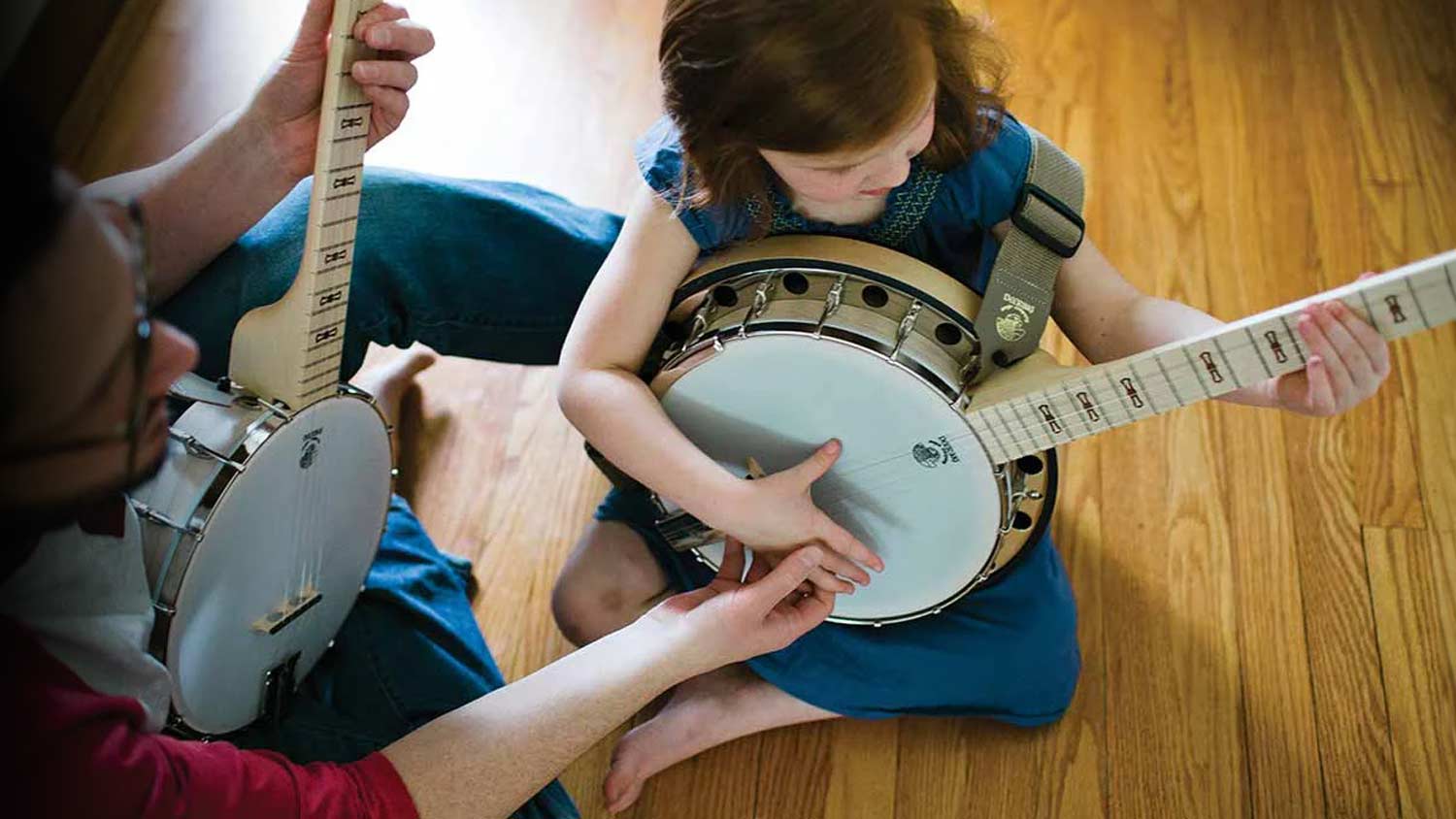



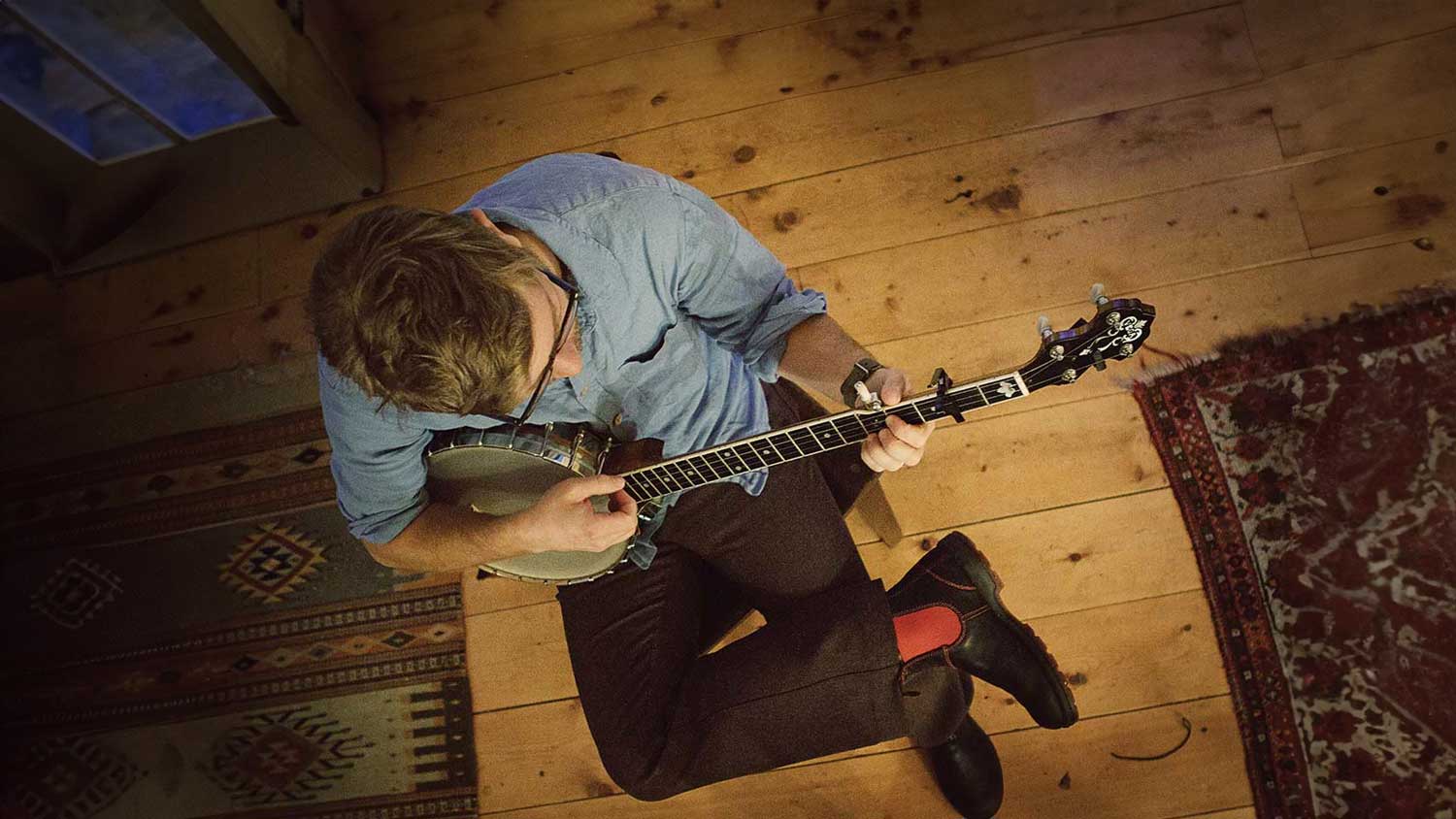


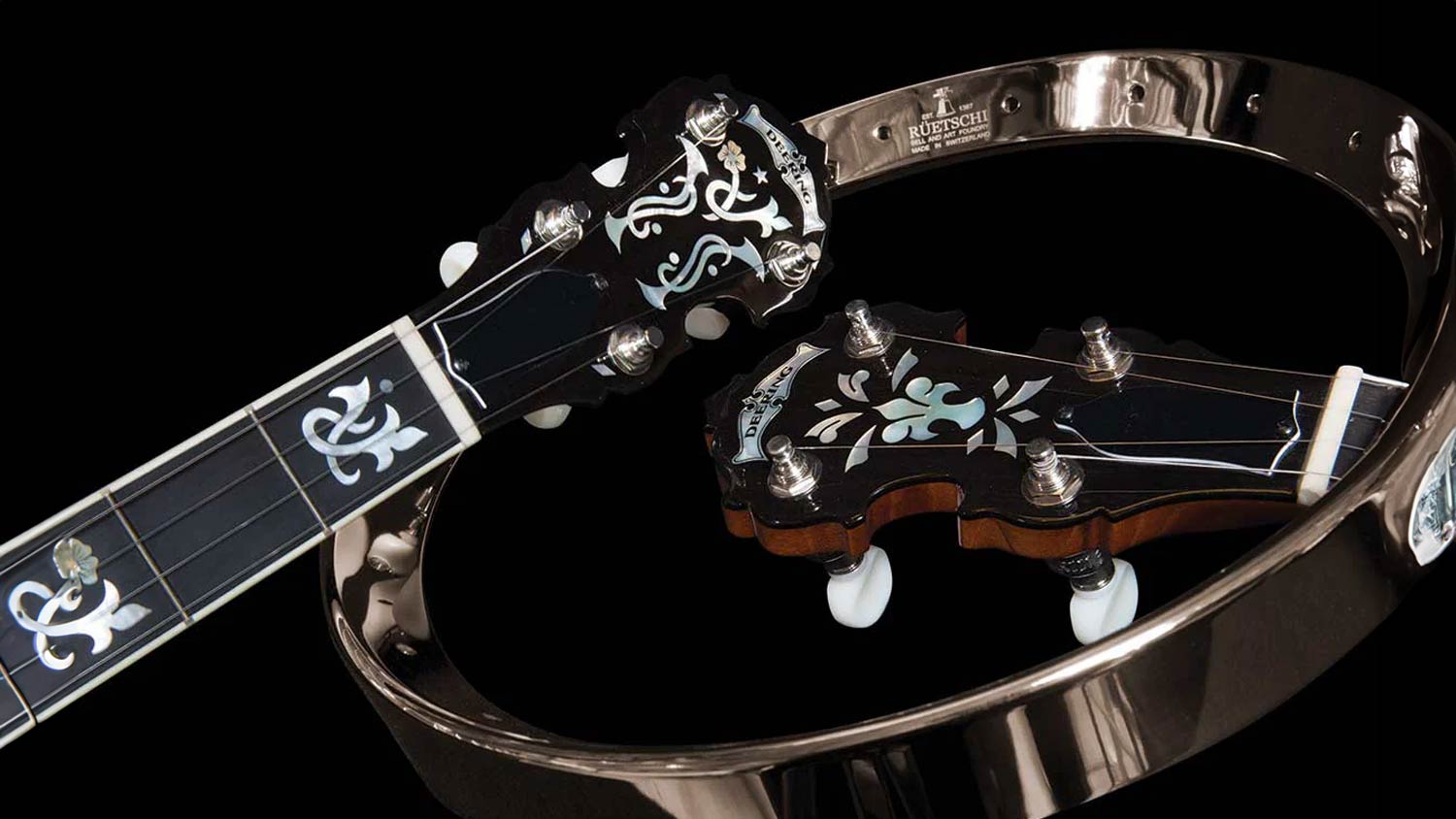

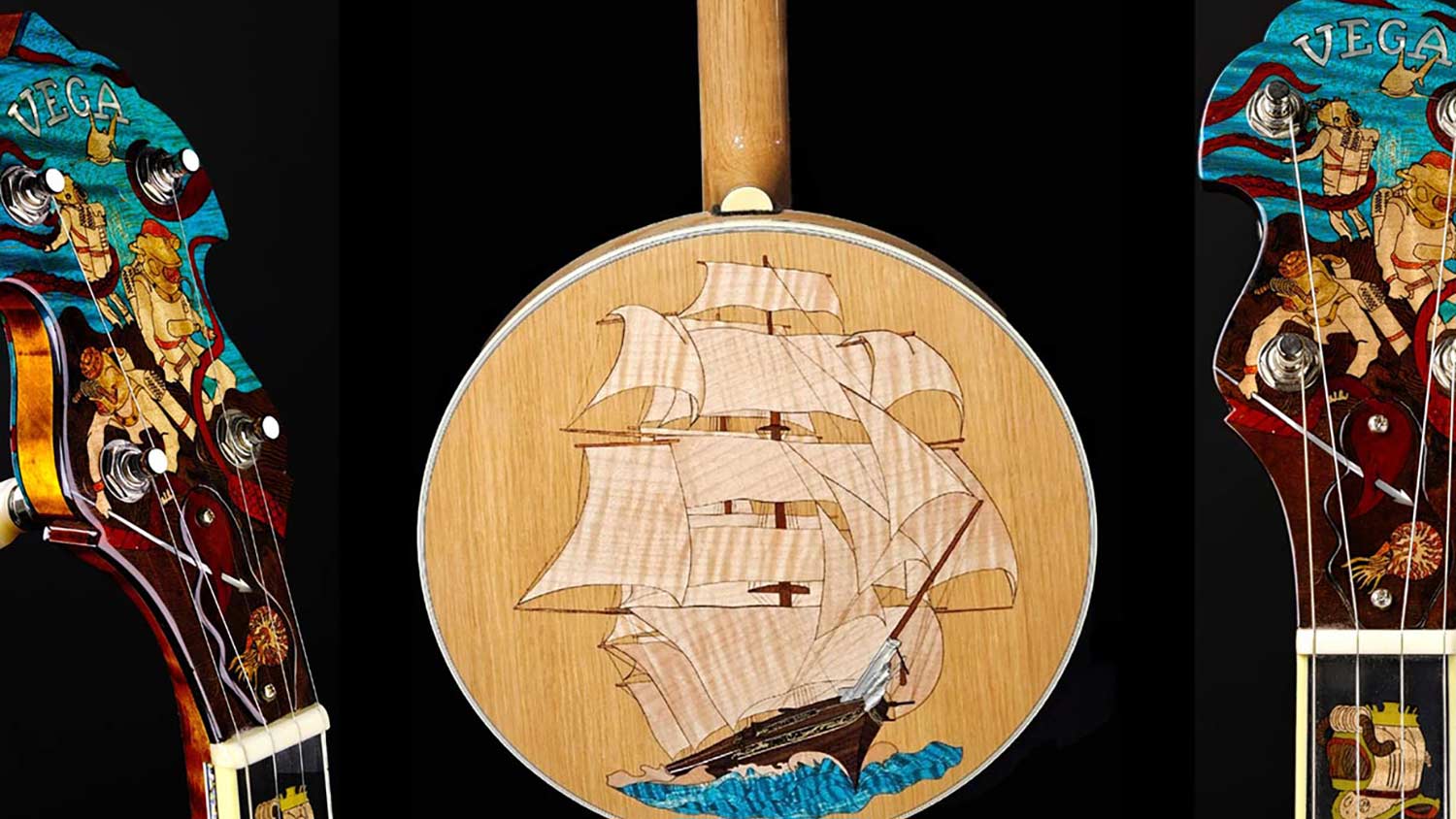





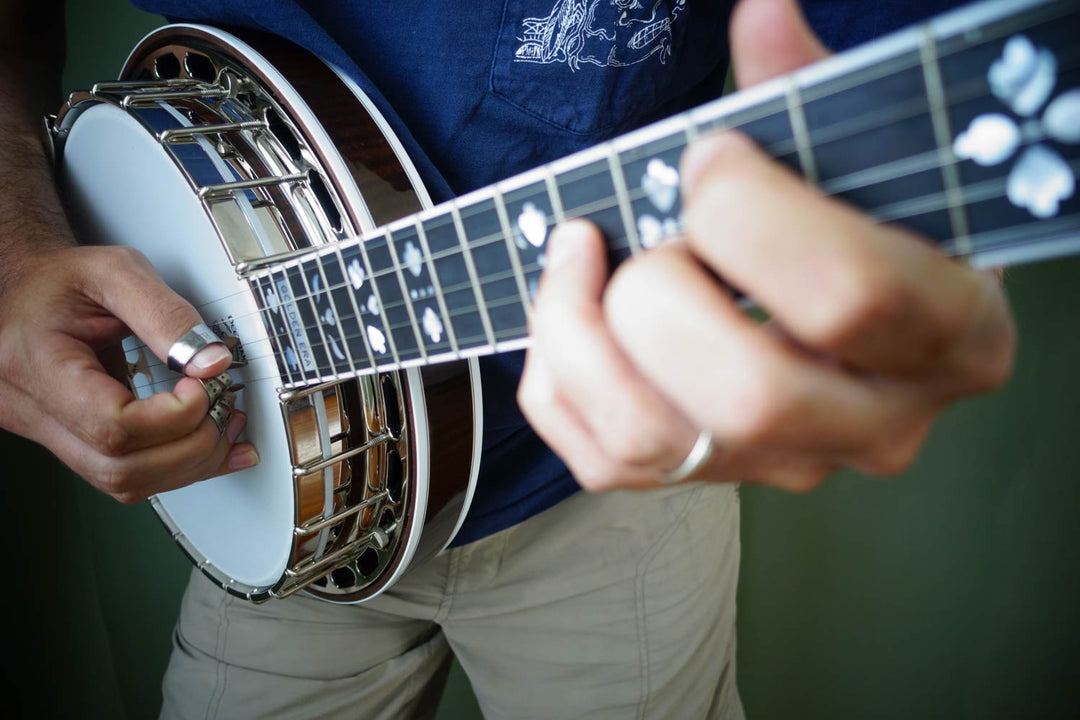
Hi
What height and width fret wire do you use on the Eagle 2. It’s very difficult in uk to get a banjo refretted by someone that knows what they are doing so I guess I’ve got 3-5 years to teach myself to do the job before mine wear out. I may as well use the same spec frets on all my practice instruments!
Kind regards
Tony Stacey.
This article is an example of excellent reporting. I’m glad I came across this page.
Thank you! I am glad you found it of interest and I appreciate your taking the time to write us and let us know.
hi again
my kind of subject one simple question what grade of stainless is used when required thank you
mark
Hi Anthony, Thank you for your comments and reading our emails.
Since Frets are all round topped, I assume your comment about fret shape was in reference to height, width, etc. It is very difficult to gauge the sound differences between fret material and even fret size and shape. If a fret shape is more comfortable for certain players, then their overall tone is likely going to be better, because they “feel” more comfortable and they are more relaxed, feeling more expressive and able to play with easier facility.
Generally, a stainless steel nut would be a little brighter than a bone or other similar material. So, theoretically at least, stretching the string over a fret that was harder, would be a little bit brighter. The problem with this scenario is that the human being who is playing the banjo has so much control over tone with the fretting fingers and the plucking or strumming fingers, that the number of variables just get too great to accurately compare.
This is mostly why we just say to order stainless frets to reduce string wear and don’t worry too much about tone.
I wouldn’t be concerned about any important traditions with nickel silver. It has mostly been historically used because of its ease of use. Stainless definitely is more complex for us to install and that’s why it is a little more expensive, but the longer durability is a tremendous help for many players and in fact, might turn out to be the future tradition….
Thanks again Anthony. Please keep in touch.
Leave a comment